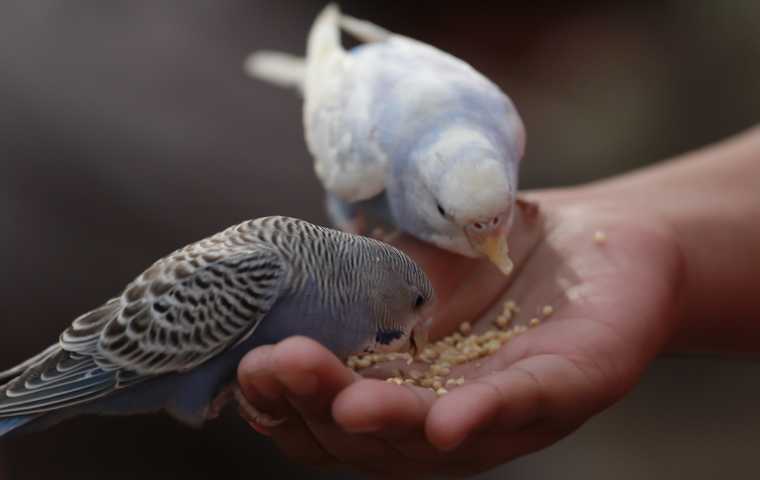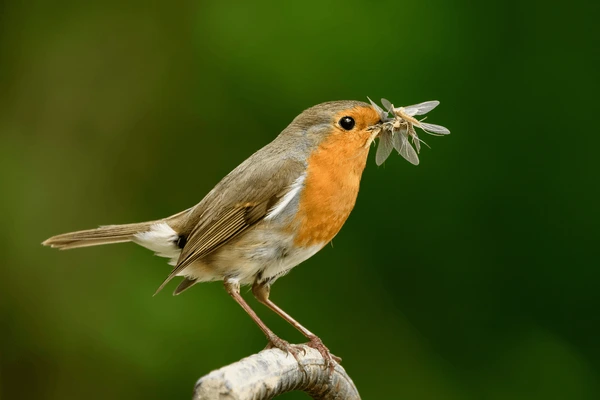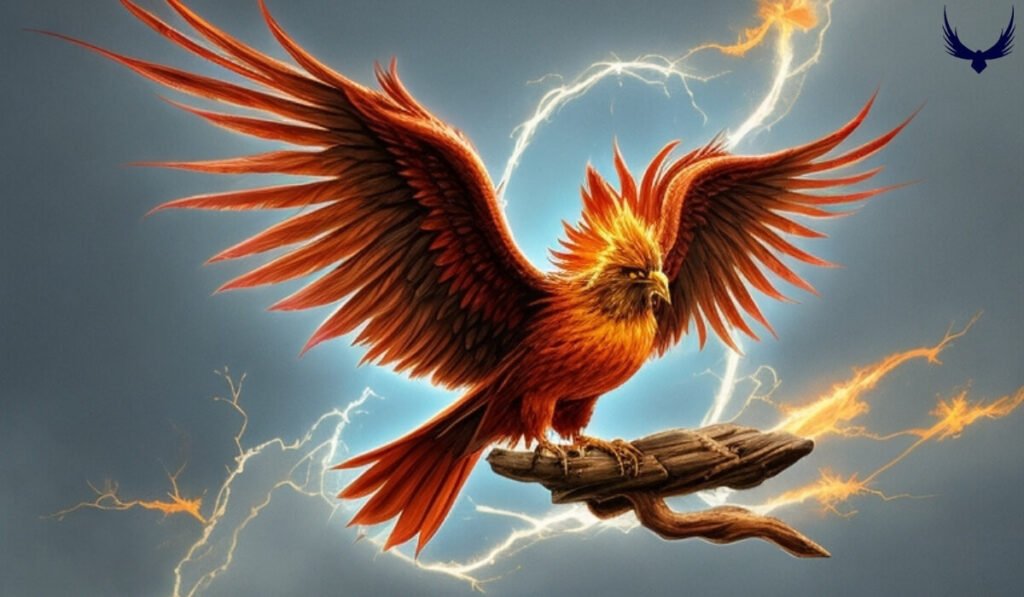Bird that feeds on insects, known as insectivores, play a crucial role in our ecosystems. With approximately 80% of bird families incorporating insects into their diets, these avian creatures are essential for controlling insect populations and providing ecological balance.
This article explores various aspects of insectivorous birds, including their feeding habits, types, and the importance of their role in nature.
What Are Insectivorous Birds?
Insectivorous birds are species that primarily consume insects as a significant part of their diet. These birds have evolved various adaptations that enable them to catch and consume different types of insects effectively. The term “insectivore” encompasses a wide range of bird families, each with unique feeding strategies and preferences.
The Importance of Insects in Bird Diets

Insects are high in protein and fat, making them an ideal food source for birds, especially during the breeding season when they need to provide nutrition for their young. For many species, insects constitute the majority of their diet during spring and summer.
Nutritional Benefits
- High Protein Content: Essential for growth and development in young birds.
- Fat Reserves: Important for energy, especially during migration.
- Water Source: Many insectivorous birds can meet their hydration needs through the moisture content in insects.
Common Types of Insectivorous Birds
Various bird species have adapted to feed primarily on insects. Here are some notable examples:
1. Swallows
Swallows are adept aerial hunters that catch flying insects mid-air. They are known for their acrobatic flight patterns and can consume large quantities of mosquitoes and other flying insects daily.
2. Flycatchers
Members of the flycatcher family, such as the Eastern Phoebe, take short flights from perches to snatch insects out of the air. They primarily feed on mosquitoes and flies during warmer months.
3. Woodpeckers
Woodpeckers like the Northern Flicker primarily forage for ants and beetles by digging into tree bark or hammering at the ground. Their specialized tongues allow them to extract insects from crevices.
4. Chickadees
Chickadees consume a variety of insects throughout the year, including caterpillars and beetles. They are also known to cache food for later use.
5. Nuthatches
Nuthatches forage headfirst down tree trunks, searching for beetles and other insects hidden in bark crevices. Their unique feeding strategy allows them to exploit food sources often overlooked by other birds.
Feeding Strategies of Insectivorous Birds

Different species have developed various techniques to capture insects:
Aerial Foraging
Birds like swallows and kingbirds employ aerial foraging techniques, catching prey mid-flight. This method is efficient for capturing fast-moving insects.
Gleaning
Some birds, such as chickadees and nuthatches, glean insects from leaves or bark. This method involves searching surfaces for hidden prey.
Probing
Birds like woodpeckers probe into tree bark or soil to find hidden insects. Their strong beaks and specialized tongues aid in this process.
Seasonal Variations in Diet
The diet of insectivorous birds can change with the seasons:
- Spring/Summer: High reliance on insects for feeding young.
- Fall/Winter: Some species may switch to seeds or berries when insects are scarce.
The Role of Insectivorous Birds in Ecosystems
Insectivorous birds contribute significantly to controlling insect populations. By consuming pests like mosquitoes and agricultural pests, they help maintain ecological balance and reduce the need for chemical pest control methods.
Biodiversity Support
These birds also play a role in supporting biodiversity by helping regulate insect populations that could otherwise harm plant life or spread diseases.
How to Attract Insectivorous Birds to Your Garden
Creating a bird-friendly environment can encourage insectivorous birds to visit your garden:
- Plant Native Vegetation: Native plants attract a variety of insects that serve as food sources.
- Provide Water Sources: Birdbaths or small ponds can attract birds looking for hydration.
- Avoid Pesticides: Reducing pesticide use will ensure a healthy insect population for birds to feed on.
Conservation Considerations
Many insectivorous bird species face threats from habitat loss, climate change, and pesticide use. Conservation efforts aimed at protecting their habitats are crucial for maintaining healthy populations.
Habitat Restoration
Restoring natural habitats can provide essential resources for these birds, ensuring they have access to food and nesting sites.
Conclusion
Bird that feeds on insects components of our ecosystems, providing natural pest control while enriching biodiversity. Understanding their feeding habits and supporting their habitats can help ensure these remarkable creatures continue to thrive in our environment. By fostering an appreciation for these avian insect-eaters, we can contribute positively to ecological health and sustainability




